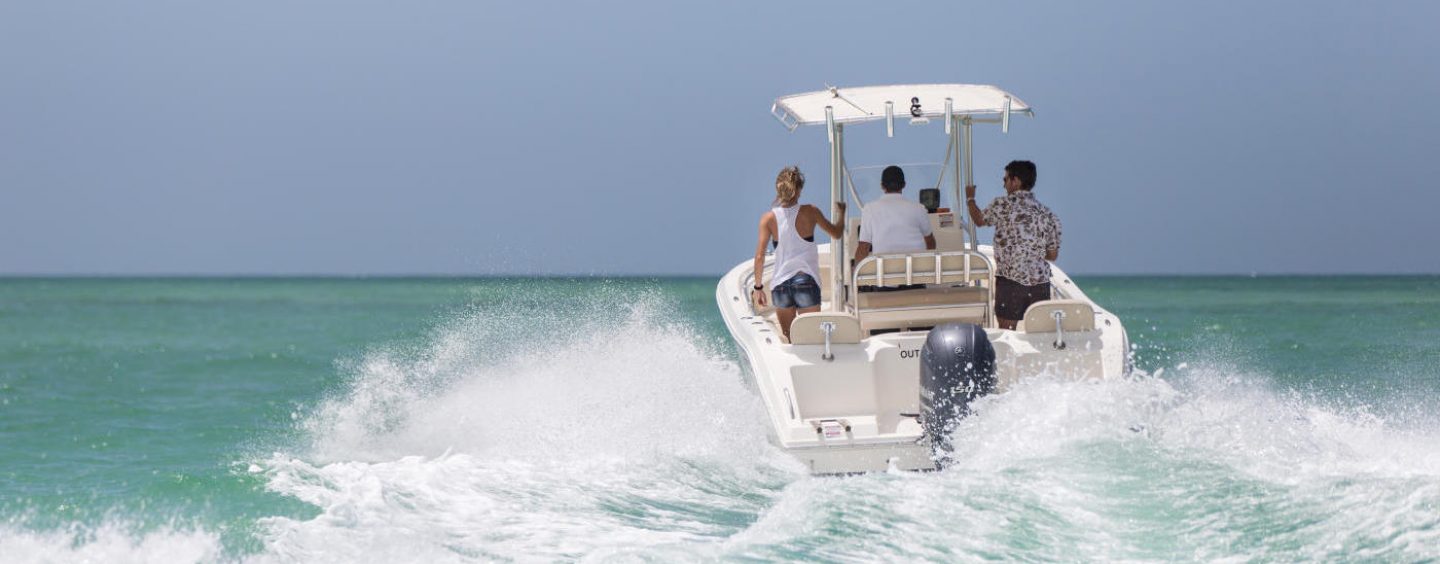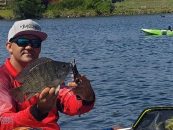Let’s assume that you have found the boat of your dreams that suits you and how you will use it. Now, first be sure that you have secured a good deal.
• Check that the boat that you are buying has a price similar in range to other comparable boats. If it is much cheaper, then it likely harbors a few unpleasant surprises. On the other hand, if it is much more expensive, then you may want to make a counter offer.
• Engage an independent inspector to check the hull, engine, and accessories. Look for an inspector with professional indemnity insurance and correct credentials.
• Enquire as to any warranties that apply to the boat, or parts of it. These can be valuable and should be factored into your purchase.
• Arrange reputable finance with which to purchase your boat. If this is a mortgage, then read each document diligently and know your obligations and risks.
Now if you are really sure that this is the boat for you, take the following steps to protect your purchase legally:
1. ENSURE BOAT IS FREE FROM ENCUMBRANCES
If you buy a boat with a financial encumbrance attached, that encumbrance could be enforced against you. For example, a boat with debts against it could be repossessed, and you will lose your investment.
Your first port of call is the Personal Properties and Securities Register (PPSR). An online PPSR search is quick and inexpensive, and the search will contain information on any debts or interests attached to the vessel.
If the boat is not on the PPSR, then you still need to investigate. Quiz the owner about the history of the boat and ask to see documentation of ownership. Some brokers will ask for a statutory declaration to say that the vessel is encumbrance-free.
2. HULL IDENTIFICATION NUMBERS (HIN)
Hull identification numbers are unique and permanent. The HIN identifies the country, manufacturer, serial number, and date of manufacture of the boat.
They are issued by the manufacturer and can be used to register encumbrances under the PPSR and register the vessel. The HIN will usually be fitted in a conspicuous and also inconspicuous place on the hull, and are extremely useful in the case of stolen vessels.
3. AUSTRALIAN BUILDER’S PLATE (ABP)
Check to see if the vessel has an ABP before you purchase it. The ABP will contain details of the boat’s engine rating, weight, boating operations, and maximum number of people and load allowed.
ABPs are required on all recreational powered vessels built after 2 September 2006, which are offered for sale to the public for the first time. If it is a vessel that requires an ABP and does not have one, it will not be able to be registered. There are penalties for sellers attempting to sell a boat without an ABP when it is required.
4. BROKERS
Brokers can take a lot of legwork out of buying your vessel, such as arranging inspections, sorting paper work, and providing a degree of legal protection. However, make sure that you are using a reputable and licensed broker.
Check to see if your broker is a member of their state Boating Industry Association. Such an Association will bind the broker to a code of ethics. Generally, boat brokers do not own the vessels they are selling and are only acting as agents for the seller.
5. OBTAIN A LEGALLY BINDING SALE AND PURCHASE AGREEMENT
You must insist on using a written and legally binding boat sale purchase agreement. We suggest that you obtain a specially drafted second hand vessel contract from a reputable source.
When you sign the contract, it is common for a 10% deposit to be required. It is safest to have the deposit held in a trust account on behalf of both parties until the contract proceeds.
6. REGISTERING THE BOAT
In Queensland, all boats with an engine of 3kW or more are required to be registered if they are on the water. Boats that are used entirely for private recreational purposes can be registered as recreational boats.
If you intend to sail outside of Australian waters it is essential that your boat is registered with the Australian General Shipping Register and is then granted Australian nationality.
7. INSURANCE
Firstly, we recommend that you obtain insurance over the boat from the day that you pay the deposit, prior to the sale actually going ahead.
Secondly, in Queensland, all boats greater than 15m in length are required to have liability insurance that covers potential pollution clean up, salvage, and wreck removal. This is a requirement for boats that are even only visiting Queensland waters. In order to comply with the legislation, a current certificate of insurance must be carried on board, and be available for inspection.
If your boat is smaller in size, pollution insurance is still a very valuable investment.
8. A MORE COMPLEX CONTRACT
If you are seeking to purchase a boat internationally, or for commercial purposes, there are additional laws, requirements, and due diligence to undertake.
By Kendall Messer



























